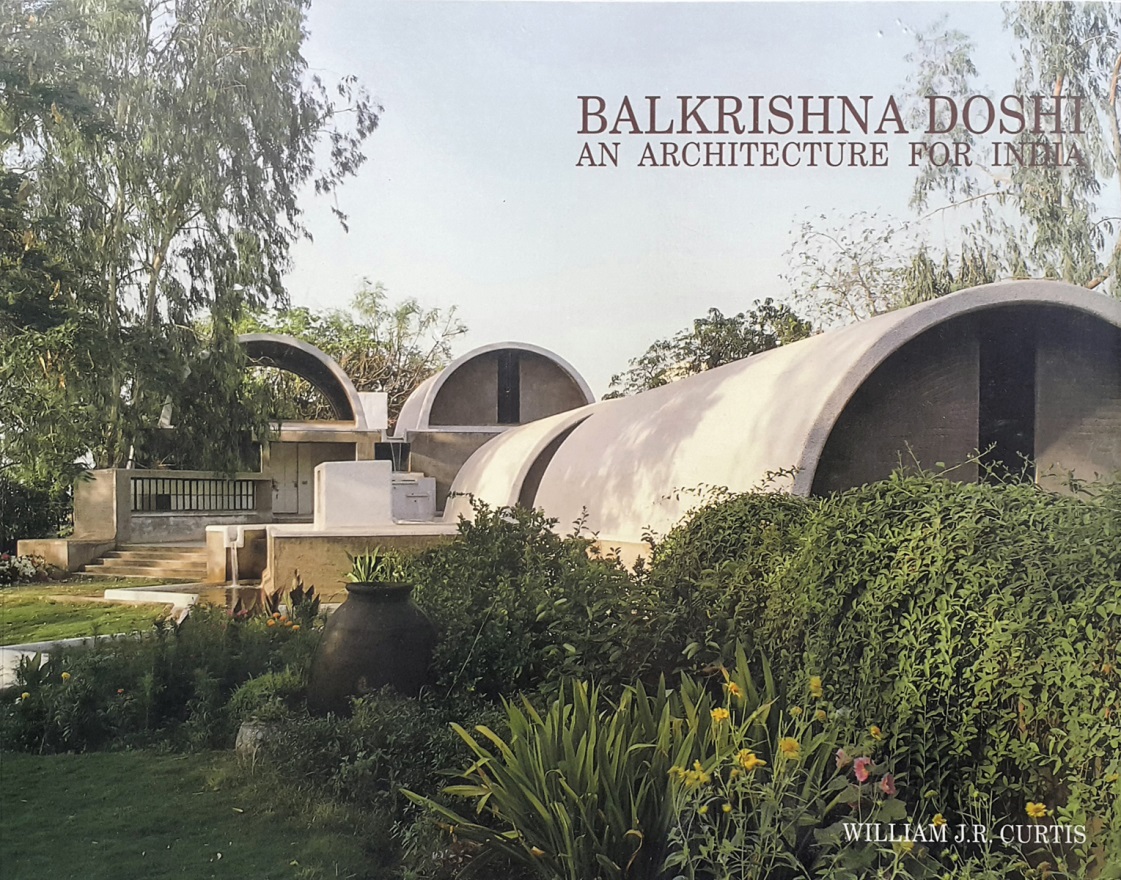Balkrishna Doshi: An Architecture for India
Main Article Content
Abstract
อินเดียแหล่งอารยธรรมแห่งเอเชียใต้ที่ก่อเกิดศิลปะสถาปัตยกรรมอันหล่อหลอมมาจากรากเหง้าของความหลากหลายทางสังคม วัฒนธรรม ภาษา เชื้อชาติ ศาสนา ภูมิศาสตร์ ประวัติศาสตร์ ภูมิอากาศ ฯลฯ ทำให้ดินแดนแห่งนี้เต็มไปด้วยความหลากหลาย (diversity) และไม่หยุดนิ่ง (dynamic) โดยเฉพาะเรื่องของความเป็นวัฒนธรรมแบบหลากหลาย นอกจากนั้น อินเดียเป็นแบบอย่างที่ดีในการศึกษาและค้นคว้าเกี่ยวกับประเด็นอันว่าด้วยเรื่องความผสมผสานในความหลากหลายจากขั้วขวาสุดไปถึงขั้วซ้ายสุด อาทิ ความรวย ความจน ความหรูหราความเรียบง่าย รวมถึงวิธีอันหลอมรวมของภูมิปัญญาความรู้ ความเชื่อ ความศรัทธา ในท่ามกลางกระแสของโลกปัจจุบันที่ดำเนินไป อินเดียมีร่องรอยทางประวัติศาสตร์ยาวนานจากยุคเริ่มก่อเกิดอารยธรรมส่งผ่านถึงจุดเปลี่ยนสำคัญในช่วงของยุคอาณานิคม (colonization) กระทั่งถึงยุคปลดแอกเพื่อความเป็นเอกราชและรุ่งอรุณแห่งการสร้างชาติ (nation) หลังยุคอาณานิคม ที่แนวคิดของผู้บริหารประเทศในยุคนั้นพยายามหาการขับเคลื่อนประเทศหลังผ่านความบอบช้ำจากช่วงเวลาของการต่อสู้ เพื่อเอกราช โดยนำวิธีแห่งความเป็นอารยะสมัยใหม่ผสมผสานกับอารยะในแบบของอินเดีย หนึ่งในนั้นคือ การนำสถาปนิกชั้นนำของโลก (great architect) ในยุคนั้น อย่าง เลอ คอร์บูซิเยร์ (Le Corbusier) มาสร้างสรรค์ผลงานสถาปัตยกรรมชั้นครูอย่าง Chandigarh’s Capitol Complex เมืองจันดิการ์ (รูปที่ 2) และงานอื่น ๆ ในอินเดีย และมีอิทธิพลอย่างมากต่อการวางรากฐานแนวคิดและการออกแบบทางสถาปัตยกรรมในแบบอย่างตะวันตก ณ ทำเลที่ตั้งในเอเชียใต้ (West meets East)
Downloads
Article Details

This work is licensed under a Creative Commons Attribution-NonCommercial-NoDerivatives 4.0 International License.
All material is licensed under the terms of the Creative Commons Attribution 4.0 International (CC-BY-NC-ND 4.0) License, unless otherwise stated. As such, authors are free to share, copy, and redistribute the material in any medium or format. The authors must give appropriate credit, provide a link to the license, and indicate if changes were made. The authors may do so in any reasonable manner, but not in any way that suggests the licensor endorses you or your use. The authors may not use the material for commercial purposes. If the authors remix, transform, or build upon the material, they may not distribute the modified material, unless permission is obtained from JARS. Final, accepted versions of the paper may be posted on third party repositories, provided appropriate acknowledgement to the original source is clearly noted.
References
Curtis, W. J. R. (2014). Balkrishna Doshi: An architecture for India. The United States of America: Mapin Publishing.
Dengle, N. (2015). Dialogues with Indian master architects. Mumbai: The Marg Foundation.
Klampaiboon, W. (1998). Master of contemporary Indian architecture, Balkrishna Doshi (1927-…. ). ASA – Journal of Architecture, 5, 82-91.


